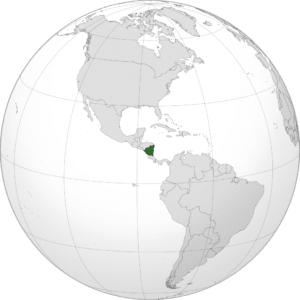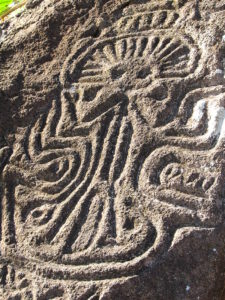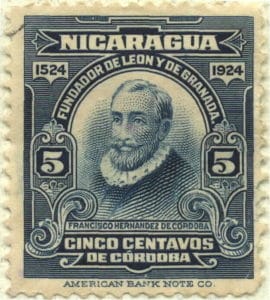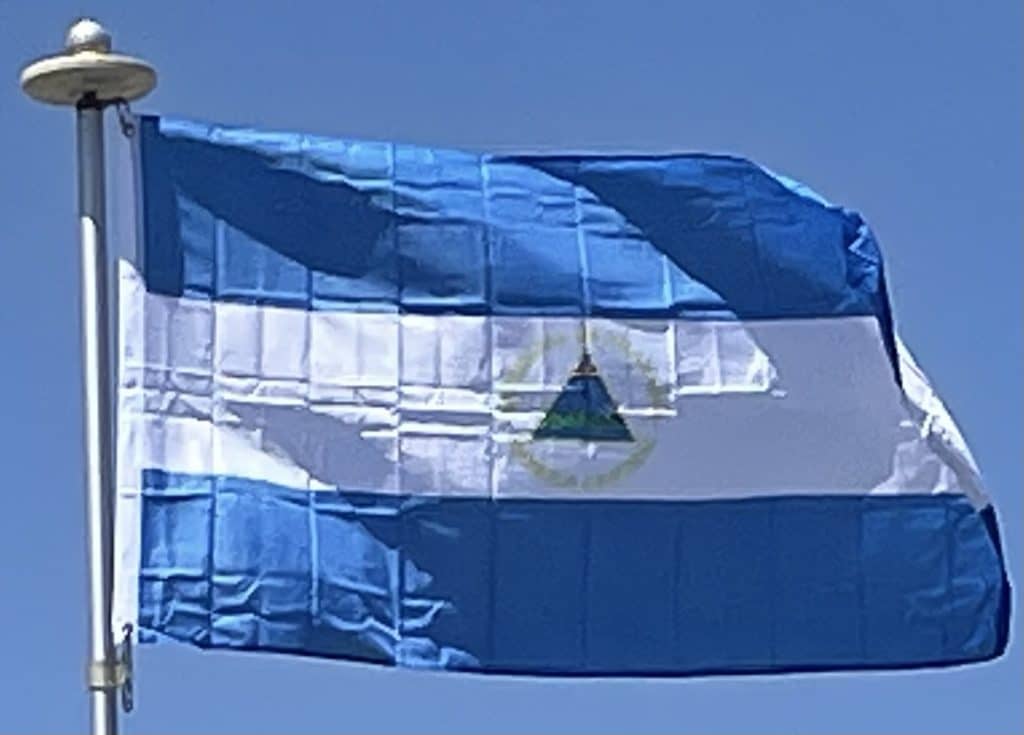Introduction:
Nicaragua, officially the Republic of Nicaragua, is the largest country in the Central American isthmus, bordered by Honduras to the northwest, the Caribbean to the east, Costa Rica to the south, and the Pacific Ocean to the southwest. Managua is the country’s capital and largest city and is also the third-largest city in Central America, behind Tegucigalpa and Guatemala City. The multi-ethnic population of six million includes people of indigenous, European, African, and Asian heritage. The main language is Spanish. Indigenous tribes on the Mosquito Coast speak their own languages and English.

Originally inhabited by various indigenous cultures since ancient times, the region was conquered by the Spanish Empire in the 16th century. Nicaragua gained independence from Spain in 1821. The Mosquito Coast followed a different historical path, being colonized by the English in the 17th century and later coming under British rule. It became an autonomous territory of Nicaragua in 1860 and its northernmost part was transferred to Honduras in 1960. Since its independence, Nicaragua has undergone periods of political unrest, dictatorship, occupation and fiscal crisis, including the Nicaraguan Revolution of the 1960s and 1970s and the Contra War of the 1980s.
The mixture of cultural traditions has generated substantial diversity in folklore, cuisine, music, and literature, particularly the latter, given the literary contributions of Nicaraguan poets and writers such as Rubén Darío. Known as the “land of lakes and volcanoes”, Nicaragua is also home to the second-largest rainforest of the Americas. The biological diversity, warm tropical climate and active volcanoes make Nicaragua an increasingly popular tourist destination.
History:
Pre-Columbian History:
Paleo-Americans first inhabited what is now known as Nicaragua as far back as 12,000 BCE.

They lived a life based primarily on hunting and gathering, as well as fishing, and performing slash-and-burn agriculture.
Spanish era (1523–1821):
In 1502, on his fourth voyage, Christopher Columbus became the first European known to have reached what is now Nicaragua as he sailed southeast toward the Isthmus of Panama. Columbus explored the Mosquito Coast on the Atlantic side of Nicaragua but did not encounter any indigenous people. 20 years later, the Spaniards returned to Nicaragua, this time to its southwestern part. The first attempt to conquer Nicaragua was by the conquistador Gil González Dávila, who had arrived in Panama in January 1520. In 1522, González Dávila ventured into the area that later became known as the Rivas Department of Nicaragua. It was there that he encountered an indigenous Nahua tribe led by a chieftain named Macuilmiquiztli, whose name has sometimes been erroneously referred to as “Nicarao” or “Nicaragua”.

The first Spanish permanent settlements were founded in 1524. That year, the conquistador Francisco Hernández de Córdoba founded two of Nicaragua’s principal cities: Granada on Lake Nicaragua was the first settlement, followed by León at a location west of Lake Managua.
Independence (1821):
The Captaincy General of Guatemala was dissolved in September 1821 with the Act of Independence of Central America, and Nicaragua soon became part of the First Mexican Empire. After the monarchy of the First Mexican Empire was overthrown in 1823, Nicaragua joined the newly formed United Provinces of Central America, which was later renamed as the Federal Republic of Central America. Nicaragua finally became an independent republic in 1838.
